#yeomanry
Explore tagged Tumblr posts
Text
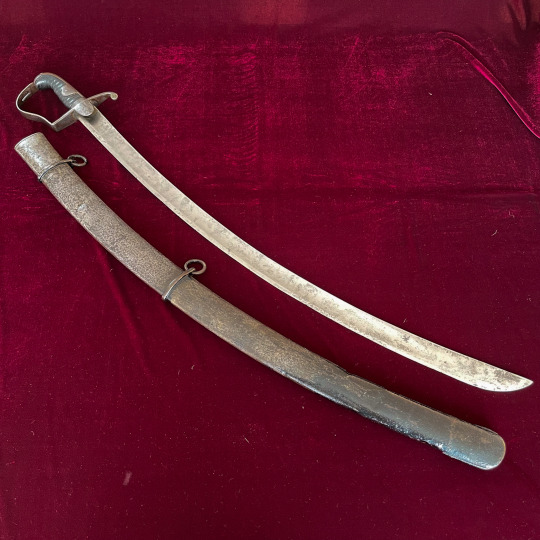
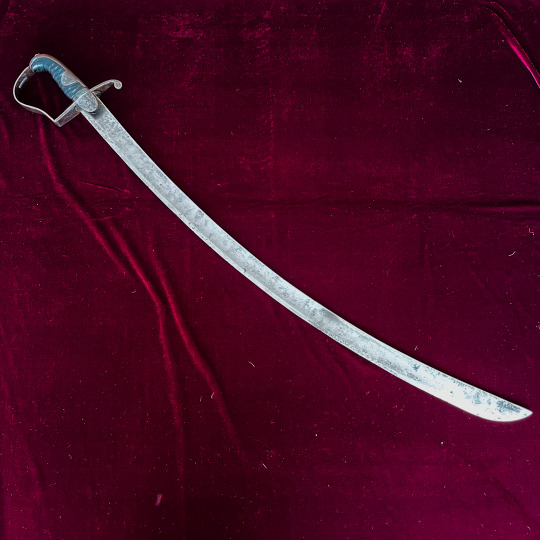
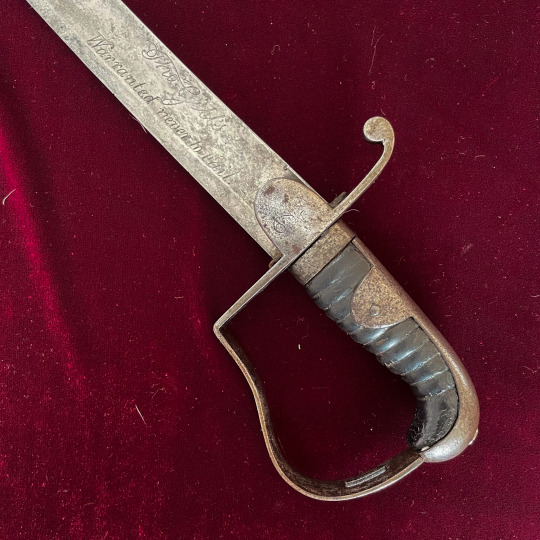
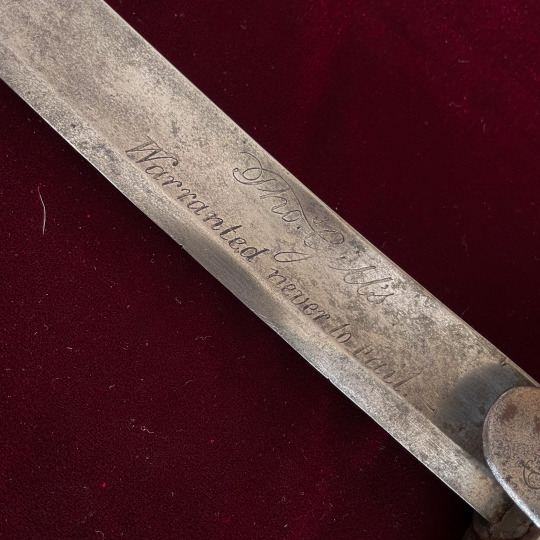
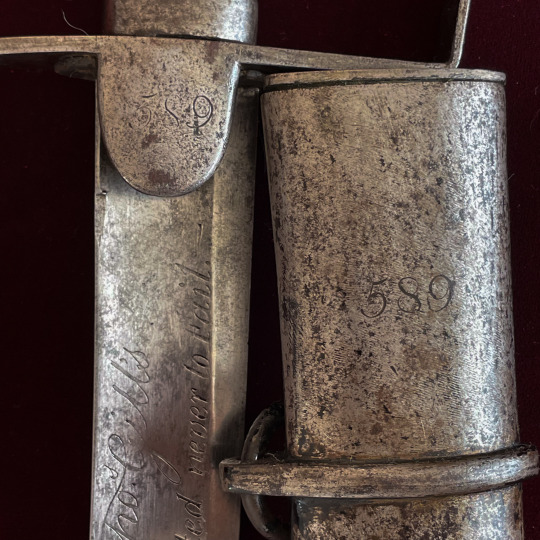
1796 Pattern light cavalry troopers sabre by Thomas Gill, circa 1796 - 1801.
#Sabre#1796 Pattern#1796 Pattern Light Cavalry#British Cavalry#Yeomanry#british army#napoleonic wars#military antiques#swords#antiques#light cavalry#cavalry
124 notes
·
View notes
Text
Elizabeth Gaunt miscarried after the attack and her baby died.
"Normal Women: 900 Years of Making History" - Philippa Gregory
#book quote#normal women#philippa gregory#nonfiction#elizabeth gaunt#miscarriage#baby death#attacked#protest#salford#yeomanry#army reserve#police brutality
0 notes
Text
Between 400 and 700 people were injured. A radical supporter recorded what he saw:
The Yeomanry made their charge with the most infuriate frenzy: they cut down men, women and children indiscriminately, and appeared to have commenced a premeditated attack with most insatiable thirst for blood and destruction . . . The women appear to have been the particular objects of the Cavalry Assassins. One woman, who was near the spot where I stood, and who held an infant in her arms, was sabred over the head and her tender offspring DRENCHED IN HER MOTHER'S BLOOD. Another was actually stabbed in the neck with the point of a sabre which must have been a deliberate attempt on the part of the military assassin. Some were sabred in the breast: so inhuman, indiscriminate, and fiend-like, was the conduct of the Manchester Yeomanry Cavalry.
The 'massacre' targeted women, who numbered only one in eight of the crowd, but a quarter of the injured (100 of the 400 wounded).
"Normal Women: 900 Years of Making History" - Philippa Gregory
#book quotes#normal women#philippa gregory#nonfiction#august#10s#1810s#19th century#public demonstration#yeomanry#army reserve#police brutality#protest#richard carlile#violence against women#blood#death#cavalry#inhuman#indiscriminate#fiend#manchester#st peter's fields#massacre#targeted attack
0 notes
Text

A sergeant of the Northamptonshire Yeomanry watering his horse in a stream, somewhere in Italy.
36 notes
·
View notes
Text

Literally kill me
#this isn't the uniform I was talking abt earlier but even this number of buttons is still deeply irritating to me#at least it's only the army though. yous ever tried to draw a yeomanry jacket? horrid#art wip#jory.img
2 notes
·
View notes
Text
#OTD in 1798 – United Irishman Rebellion | The rebels are defeated at Tara Hill; this marks the end of the rebellion in Co Meath.
The Battle of Tara Hill was fought on the evening of 26 May 1798 between British forces and Irish rebels involved in the Irish Rebellion of 1798, resulting in a heavy defeat for the rebels. Following the outbreak of the rebellion signaled in Meath by the prearranged signal of the ceasing of a mail-coach near Turvey hill, road blocks were posted on the Navan road United Irishmen and rebels in…
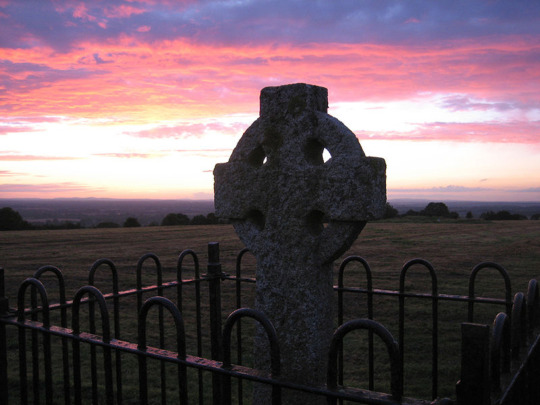
View On WordPress
#1798 United Irishmen Rebellion#British forces#Co Meath#History of Ireland#Ireland#Irish History#Irish Rebels#Militia#Navan road#Rebels defeated#Tara Hill#The Battle of Tara Hill#Yeomanry reinforcements
3 notes
·
View notes
Text
You've chosen a first name for that bastard here, now let's give him a surname.
#beablabbers#I am partial to yeoman but only bc I know only of the yeomanry in ireland#tumblr polls#storie nostre
3 notes
·
View notes
Text
The Summerhouse, Stratfield Saye, Hampshire
After his great success in keeping Great Britain safe from Napoleon Bonaparte, the Duke of Wellington was asked to choose an estate which would be funded by a grateful nation. In 1817 he saw Stratfield Saye, and decided to make it his home. He lived there until his death in 1852, and it remains the seat of his descendants. In 1845 Queen Victoria announced that she and Prince Albert, together with…
0 notes
Text

A British Army Sherman tank of 4th County of London Yeomanry fording the Volturno river at Grazzanise, Italy. 17 October 1943
62 notes
·
View notes
Text



British Royal Family - The Duchess of Edinburgh visits Exercise RHINO HEART as the Royal Colonel to the Queen’s Own Yeomanry, marking her first visit to the Regiment in the field in Sennelager, Germany (Photo by Corporal Nanda Atherton, RLC UK MOD) | June 12, 2024
#royaltyedit#theroyalsandi#duchess of edinburgh#duchess sophie#sophie duchess of edinburgh#british royal family#my edit#royals in germany#sophie in germany
138 notes
·
View notes
Text





Princess Anne, as Commandant-in-Chief, opened new offices at the Headquarters of the First Aid Nursing Yeomanry (Princess Royal’s Volunteer Corps), Wellington Barracks, London, on 05 February 2025.
31 notes
·
View notes
Text

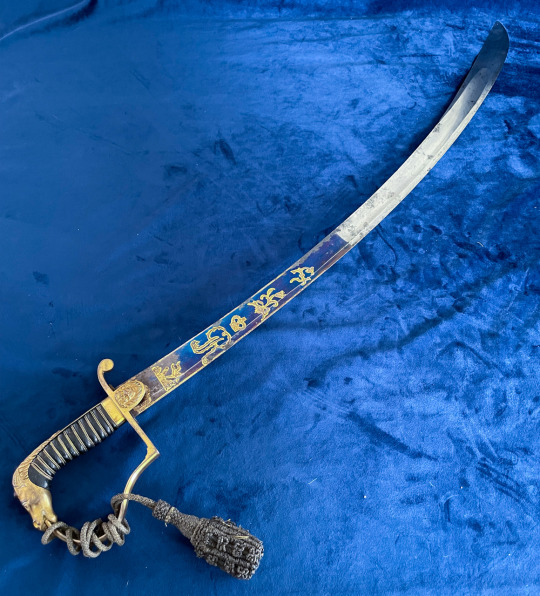
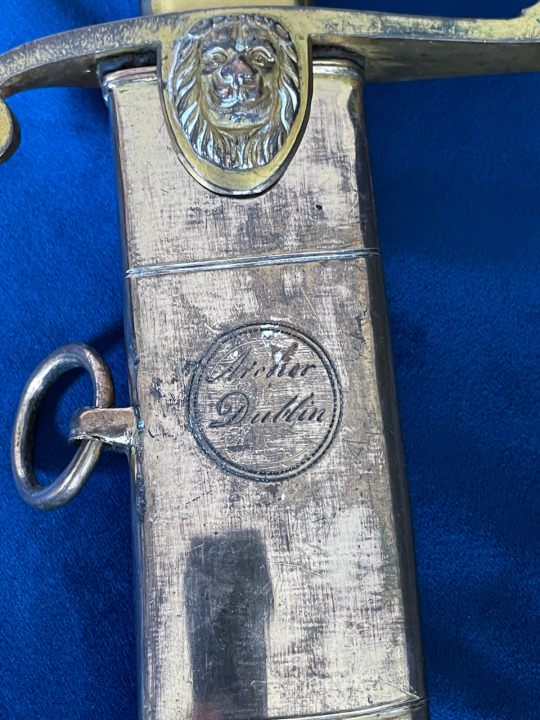
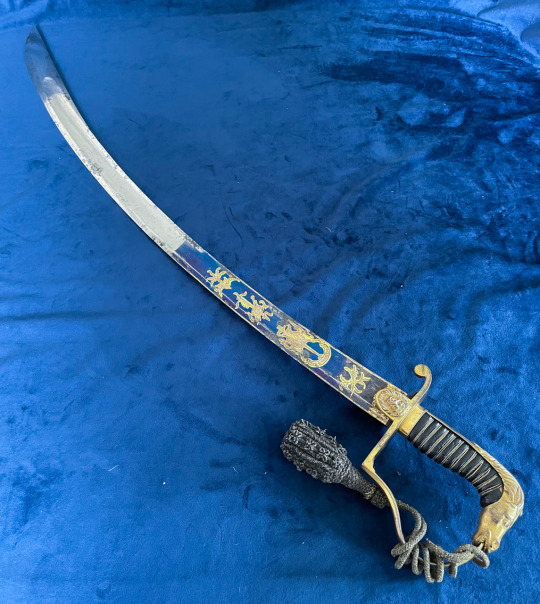
Georgian era Yeomanry officers sabre styled after the 1796 Pattern light cavalry sabre.
Produced by William Henry Archer of Dublin using a Solingen produced blade imported J J Runkel.
This sabre is another example of the many quirky swords that abounded during this period. While the government was working to establish regulation pattern swords, many officers, especially those in the yeomanry, volunteers or militia were content to continue using the equipment that best suited them. As a result there are many surviving examples that are next to impossible to attribute to a unit or branch or service. In only a few examples are we lucky enough to have identifying inscriptions on the sword or scabbard. And even these need to be viewed with caution.
Stylistically, animal motifs were a common decorative feature on swords of this time. With the lions head so popular that it became part of several British Pattern swords, including the sabre still in service with British naval officers. A variation of the animal theme. horse-heads pommels seemed to have been more common among the cutlers from Ireland, with Archer and Reed the more frequently encountered suppliers.
Because the hilt is broadly modeled on the 1796 Pattern light cavalry sabre, with the dual langets, P-shaped stirrup guard and a very functional blade of cavalry proportions, I believe it would have belonged to an Yeomanry officer based in Ireland. The gilt hilt also precludes it from having belonged to a regular army officer.
At the time, the yeomanry had been raised from the upper classes as a reserve force ready to protect Great Britain should Napoleonic France attempt to invade. They also had the secondary function of 'keeping the peace'. In a time before an established police force, the yeomanry were often called upon to break-up any unrest. Which meant that the ones based in Ireland were more active than most.
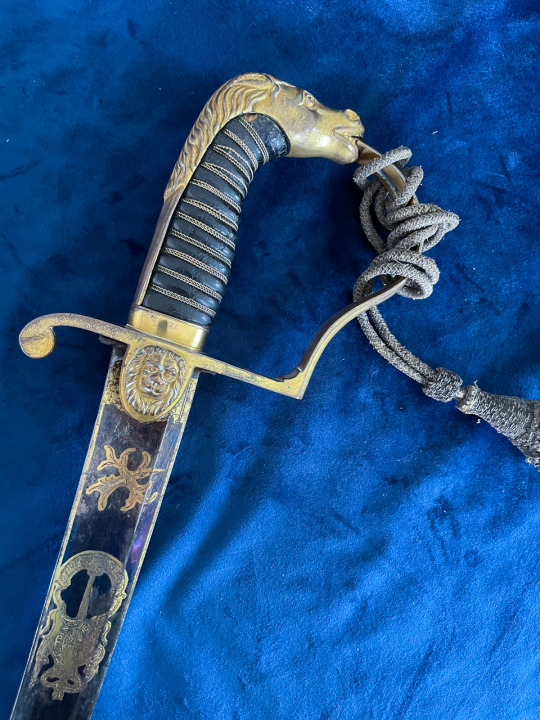
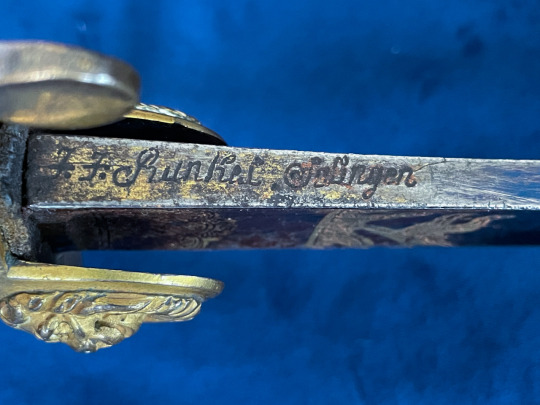
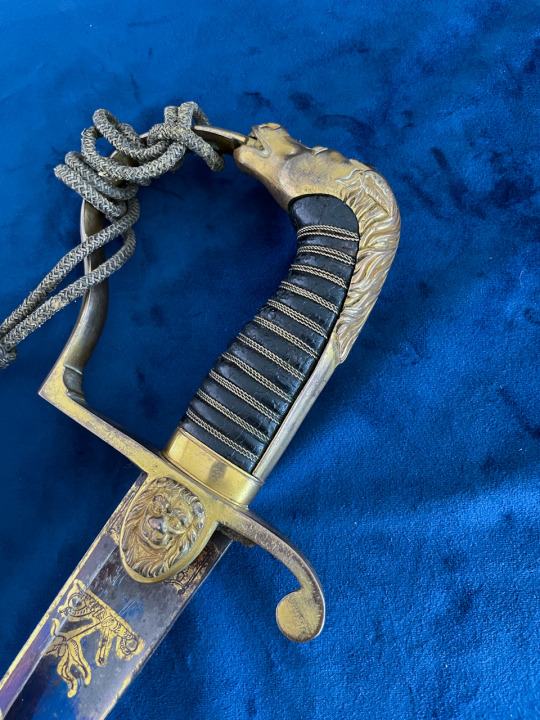
I estimate that this sword dates from 1798 to 1802 based near identical presentation examples produced by William Archer which have inscriptions dated to 1800. The blade is also decorated with the pre-1801 coat of arms so is unlikely to date after 1803.
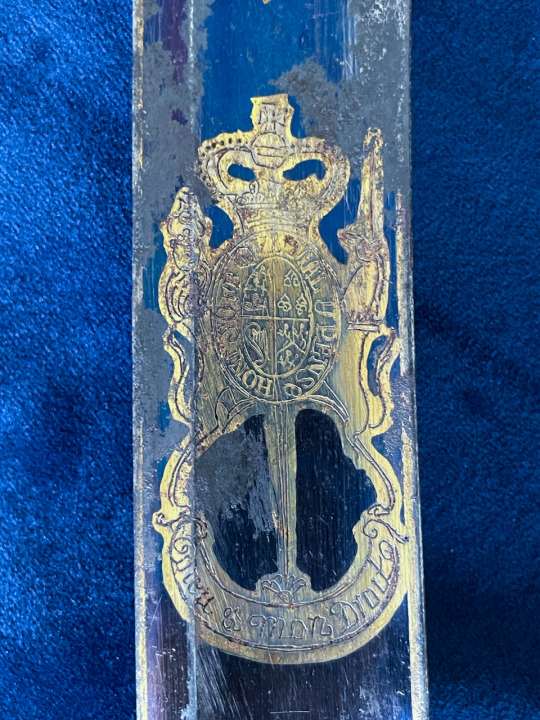
William Henry Archer started his career as a sword cutler in 1783 when he married Margaret Shaw, widow of Richard Shaw.
Richard Shaw, was a sword cutler from 1765 to 1782 when he died of injuries caused by the collapse of Music Hall floor. Margaret continued her husbands business in her name until she married William Archer in 1783. It is quite possible that William was working as an apprentice for the Shaws at the time and the marriage was a way to maintain the business. Such arrangements were not unheard of in a time when women were not allowed to own property or enter into contracts.
Archer continued remained in business until his death in 1830, during this time he also served as Lord Mayor of Dublin in 1812 and 1830 so he must have been a successful and respected businessman of his time.
Stats: Overall Length - 945 mm Blade Length - 820 mm Curve - 55 mm Point of Balance - 135 mm Grip Length - 120 mm Inside Grip Length - 95 mm Weight - 970 grams Total Weight - 1,430 grams
#british army#napoleonic wars#cavalry#swords#antiques#light cavalry#sabres#1796 pattern#Yeomanry#British cavalry#19th century#Georgian Era
108 notes
·
View notes
Text
Thousands of FANYs were recruited for the Special Operations Executive and about 60 were trained as spies, parachuting into occupied countries to organise resistance fighters preparing the way for the Allied invasion.
"Normal Women: 900 Years of Making History" - Philippa Gregory
#book quote#normal women#philippa gregory#nonfiction#fany#first aid nursing yeomanry#special operations executive#training#spies#parachuting#occupied country#organizing#resistance#preparation#allied forces#invasion#ww2#wwii#world war two
0 notes
Text


Glamorgan Yeomanry (cavalry from Wales) and their cap badge.
10 notes
·
View notes
Text

M4 Sherman tanks from the British 3rd/4rd County of London Yeomanry enter the German city of Brünen - March 1945
#world war two#ww2#worldwar2photos#history#1940s#ww2 history#wwii#world war 2#ww2history#wwii era#brunen#Germany#1945#tank#Sherman#m4#m4 sherman#british army
126 notes
·
View notes
Text
Court Circular | 5th February 2025
St James’s Palace
The Princess Royal, Patron, the Butler Trust, this morning visited Heathrow Immigration Removal Centre, Colnbrook Bypass, Harmondsworth, West Drayton, and was received by Ms Manju Malhi (Deputy Lieutenant of Greater London).
Her Royal Highness, Commandant-in-Chief, today opened new offices at the Headquarters of the First Aid Nursing Yeomanry (Princess Royal’s Volunteer Corps), Wellington Barracks, Birdcage Walk, London SW1.
The Princess Royal this evening opened Urban Studies Institute Limited Hong Kong’s “China’s Untold D-Day Story” Exhibition at the Corporation of Trinity House, Trinity House, Tower Hill, London EC3.
12 notes
·
View notes